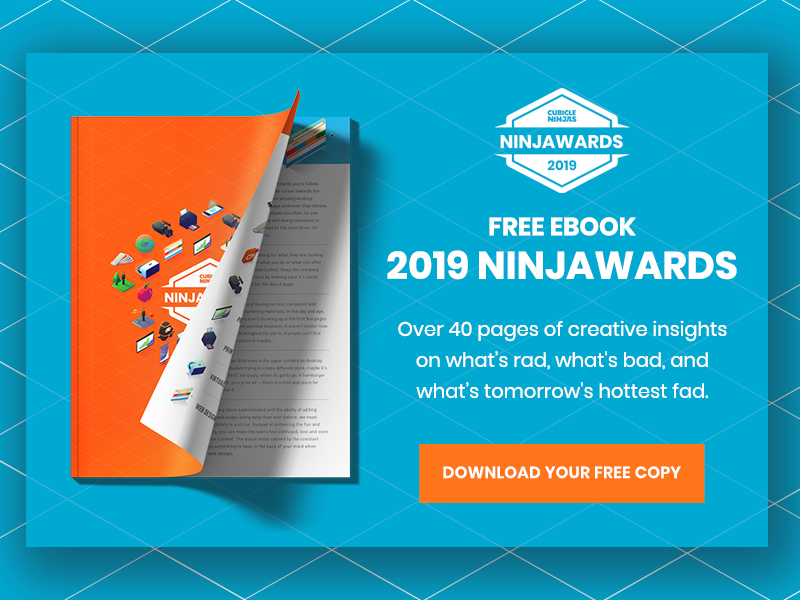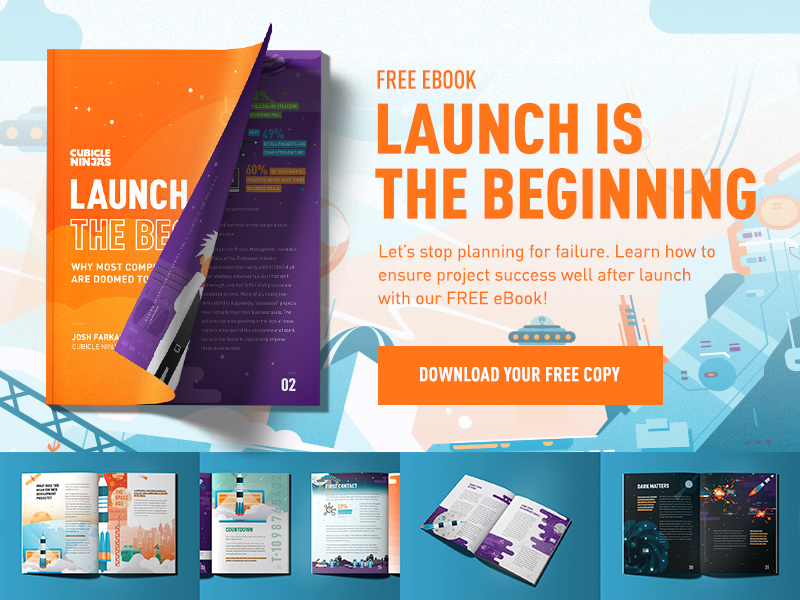
- Robots need not apply.
You’re human. Share the joys, benefits, or frustrations that make your product/service so worthwhile. Good writers always show a human aspect, which adds depth to their arguments.
- Goals? Nope, goal.
Assume your marketing project can only have one result. Then take this goal and make it 99% of your emphasis. At best, multiple goals create room for procrastination or at worst can cause your writing to be murky and scattered.
- Bland copy is bad copy.
You are writing for a purpose. If what you write doesn’t elicit an emotional response then you have completely failed.
- What is the consumer benefit?
New clients don’t need to read your entire business plan. Respect your customer’s time by speaking to their needs and not your CEO’s.
- Features aren’t benefits.
Instead of explaining why GPS is a technical marvel, you’re better off explaining how useful this will be on their next business trip.
- Everyone reads the headline.
Only a few folks will read this description. Make your headlines your compass on which your design and content rest.
- Sorry, shorter is better.
Tight copy keeps your point focused and your readers wanting more.
- Everyone else could be wrong.
Marketing is the act of differentiation. If your goal is to look and sound like your competitors, then continue stealing from them. If instead it is to be unique, then write copy that shines bolder and brighter then the rest.
- Write for 8th grade.
Your customers are all PhDs in time travel in my book, but clear copy is able to be read by all degrees. In fact, this focus doesn’t dilute your argument – it enhances it.
- There is no one right way.
No seminar, checklist, or MBA methodology is the holy grail of business writing. Your situation is unique and should be treated this way. Industries can change in moments and the greatest marketers adapt by keeping their customer in mind at all times.
- Bonus Tip: When copy and creative melt together you have a success.
Most creative collateral is built by two separate teams, a writing focused group and a design focused group. Both sides believe their duties to be more important.
Good collateral is the merger of a touching design and text that enhances this same concept. Compromises need to be made by both sides for it to work well, which is why engaging creative is so rare.













